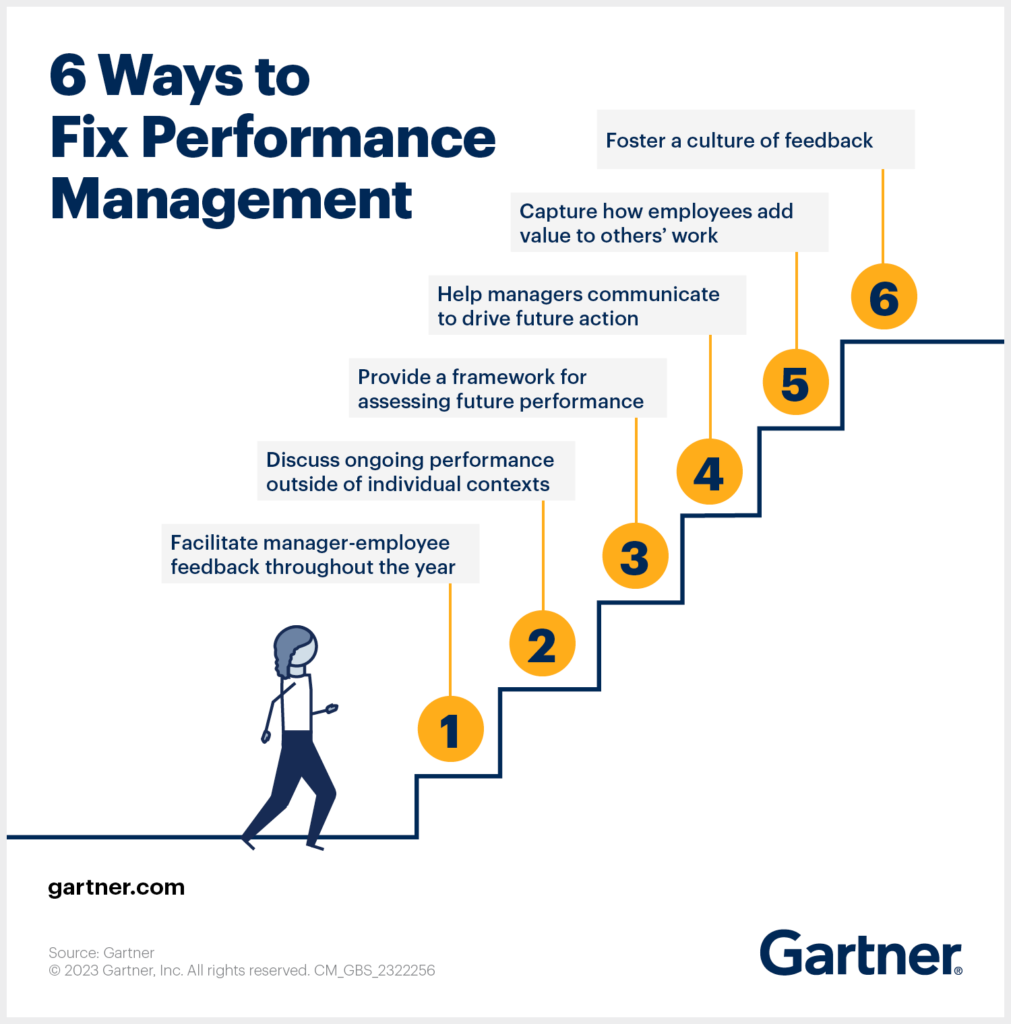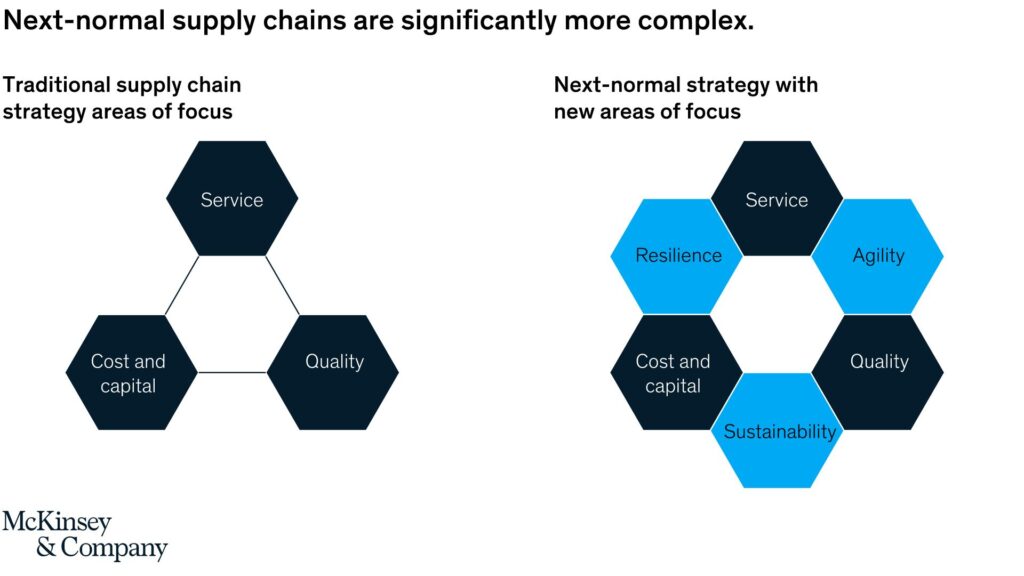Report Ocean published the latest research report on the Supply Chain Finance Market. In order to comprehend a market holistically, a variety of factors must be evaluated, including demographics, business cycles, and microeconomic requirements that pertain precisely to the market under study. In addition, the Supply Chain Finance Market study demonstrates a detailed examination of the business state, which represents creative ways for company growth, financial factors such as production value, key regions, and growth rate.
Report Ocean, a leading strategic consulting and market research firm, in its recent study, estimated the global supply chain finance market size at USD 6.68 billion in 2022. During the forecast period between 2023 and 2029, Report Ocean expects to grow at a CAGR of 8.55% reaching USD 11.76 billion by 2029. Supply chain finance helps importers and exporters overcome financial differences. It provides short- to medium-term working capital, which ensures the security of the stock or service being exported or imported through the use of supporting products or structures that mitigate risk. Small organizations are increasing their investments in supply chain finance solutions for monitoring pre-trade, post-trade, and examining cross-asset and cross-market trades, which is driving market growth. Many fintech organizations are implementing supply chain finance systems to increase revenue development opportunities and improve service efficiencies, which promotes supply chain finance adoption. Therefore, these are some of the major factors which will propel market growth.
Read more at Supply Chain Finance Market Share, Size, Business Growth Statistics and Forecast to 2032
Please leave your comments below and subscribe to us to be the first one to get new updates.



























